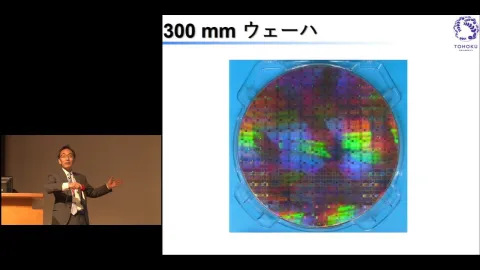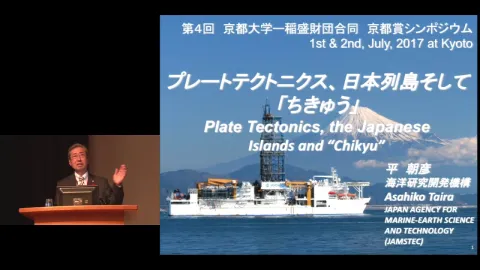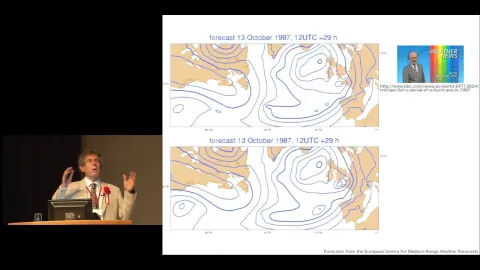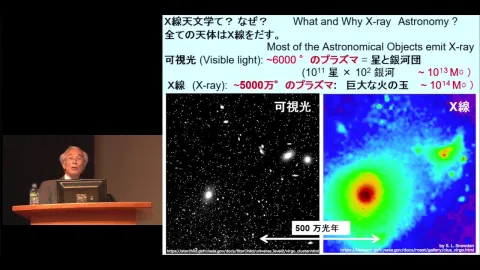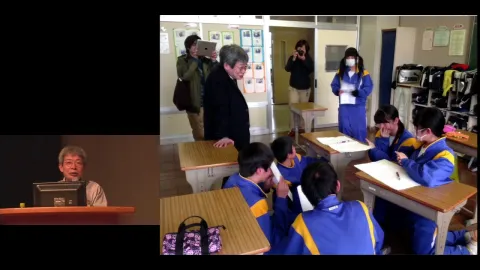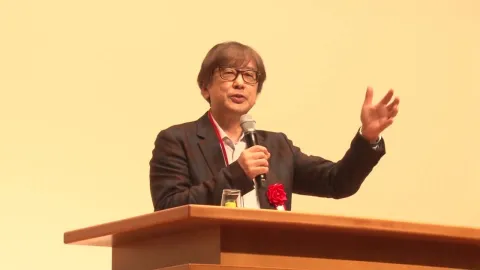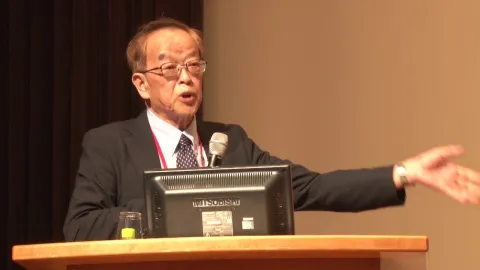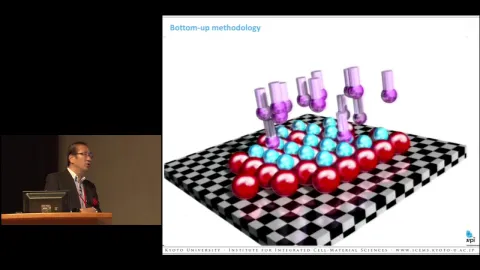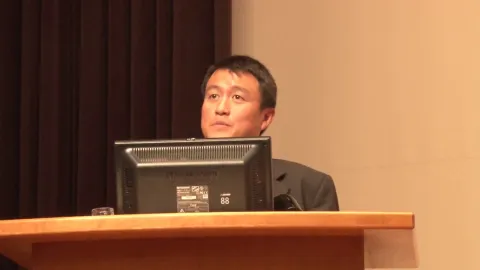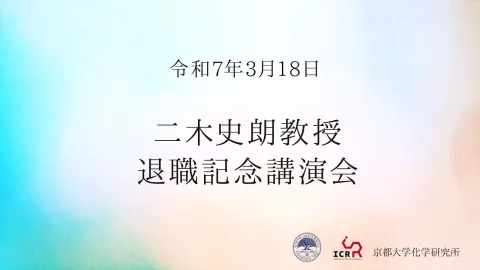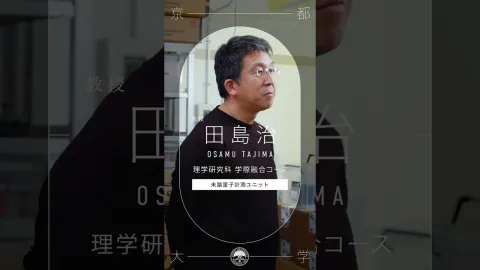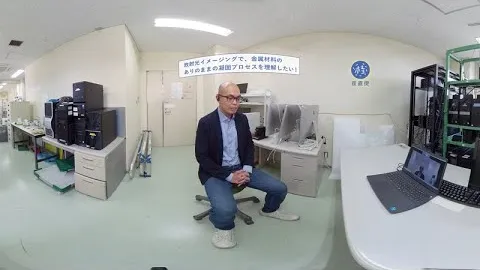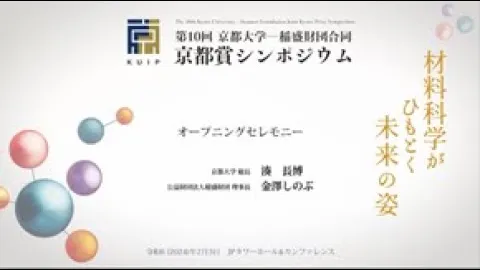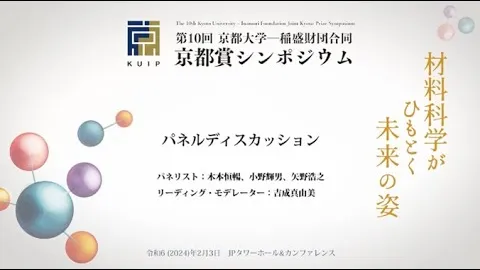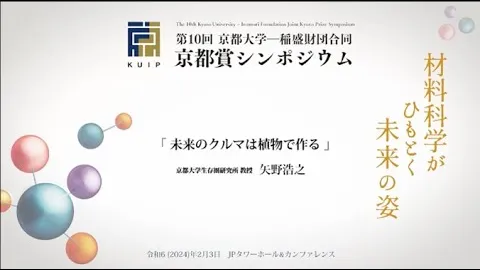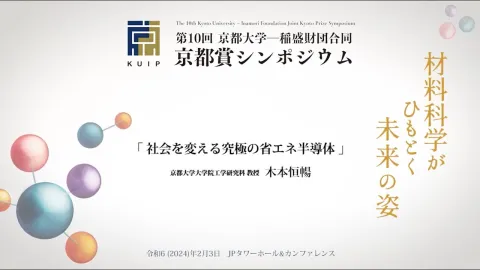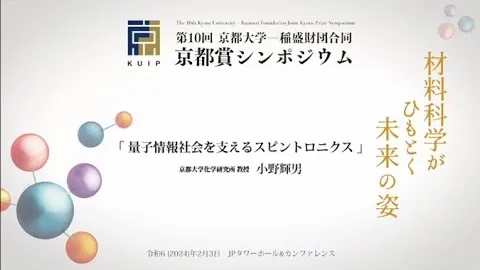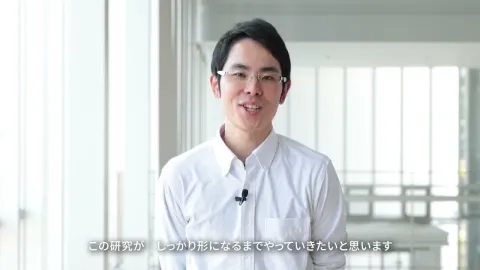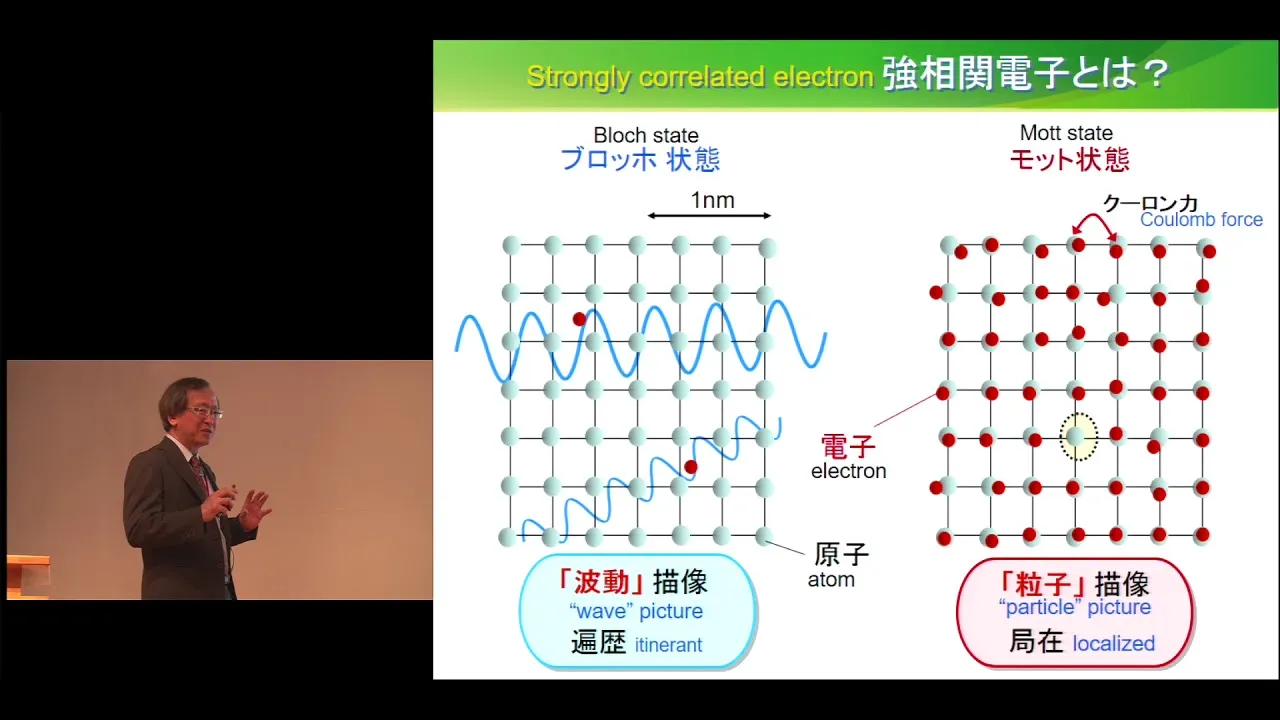
4th Kyoto University-Inamori Foundation Joint Kyoto Prize Symposium
http://kuip.hq.kyoto-u.ac.jp/
https://ocw.kyoto-u.ac.jp/en/opencourse-en/181
July 2, 2017
[Materials Science and Engineering]
Yoshinori Tokura
Director, RIKEN Center for Emergent Matter Science
Professor, The University of Tokyo
Title of Presentation
“Strong Correlation between Electricity and Magnetism in Materials”
Electromagnetism describing the interaction between electric and magnetic fields was established within the 19th Century. Nowadays, our human being can make great use of electric energy that is generated via the energy transformation based on Faraday’s electromagnetic induction and transmitted through electric cables or in form of electromagnetic wave. However, it is only 135 years ago when the world established and began to distribute the infrastructure of the electric power transmission system. Recently there is ever increasing trend of electric power consumption partly owing to the explosive development of information technology. Therefore, we are forced to explore the more efficient ways to create, transmit, save, and use the electric energy, which should be most important subjects of materials science and technology for the human being to work on hereafter over the time span even more than 100-200 years.
Let us turn our eyes to the materials where roles of entanglement between electricity and magnetism in solid, in analogy to the electromagnetic induction in free space, become important; therein a vast number of electrons are strongly interacting with each other. While motion of one electron can be precisely described by quantum mechanics, it needs the higher-hierarchy concept and methodology to understand and explore new properties and functions emerging from these correlated electrons. With use of correlated electrons and their forming topology, it becomes capable to control mutually electricity and magnetism in materials. For example, the utterly electrically-insulating materials can be turned in to the metal with good electrical conduction by applying magnetic field, and the application of electric field (not current) can create a magnet within the material. This is a sort of phase transition of electrons, like the ice to water phase transition of water molecules. We dream the emergent electromagnetism in a solid by exploiting strongly correlated electrons which enable us to transform the energy form with ultrahigh efficiency and mitigate ultimately the energy cost for information technology.
この動画は、クリエイティブ・コモンズ・ライセンス“Attribution-NonCommercial-ShareAlike (CC BY-NC-SA)”が付与されています。 私的学習のほか非営利かつ教育的な目的において、適切なクレジット表記をおこなうことで、共有、転載、改変などの二次利用がおこなえます。 コンテンツを改変し新たに教材などを作成・公開する場合は、同じライセンスを継承する必要があります。 詳細は、クリエイティブ・コモンズのウェブサイトをご参照ください。


